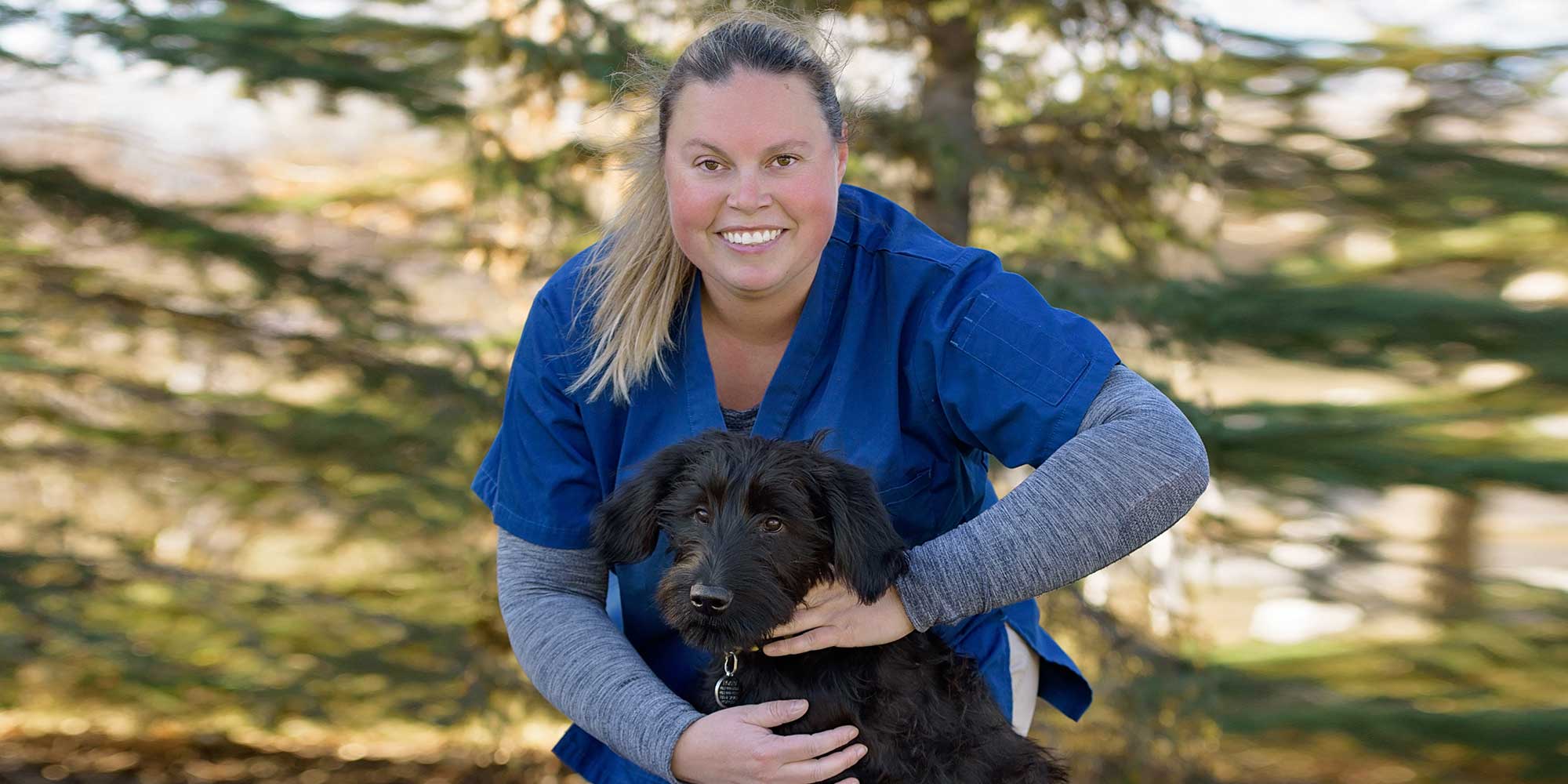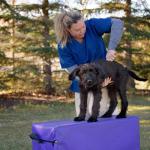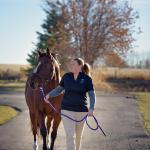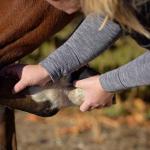What is integrative animal care?
There are many definitions of “integrative” health care, but all involve bringing conventional and complementary approaches together in a co-ordinated way. While regular preventative care such as vaccinations and dental cleanings are at the core of your animal’s well-being, complementary care is growing.
What are some of the therapies offered?
Some complementary therapies available are acupuncture, chiropractic care, laser therapy, and shockwave therapy.
Acupuncture care for pets?
Yes! Acupuncture has been practiced for thousands of years on people. It’s been effective on horses and, more recently, transposed into therapy for pets. In fact, most animals tolerate acupuncture very well. No sedation is needed and even many cats love it.
Chiropractic care for pets?
Yes! Spinal and limb palpation of joints is performed to assess for normal motion of joints. Lack of normal motion is helped with a high-velocity, low-amplitude (HVLA) “thrust.” Lack of joint motion leads to a cascade of events that results in pain, instability of joints, muscle weakness and increased risk for injury. Correcting this motion improves the overall function of the neuro-muscular system, blood flow and the health of the patient.
Laser therapy?
Yes! Laser therapy is a therapeutic treatment that utilizes light energy (photons) to stimulate tissue healing and reduce pain. Working at the cellular level, the light energy penetrates deep into damaged tissues and cells, encouraging the body to quicken its own healing process. This process is known as photobiomodulation.
Shockwave therapy?
Yes! Although it sounds alarming, Extracorporeal Shock Wave Therapy (ESWT) is a non-invasive treatment that has been scientifically proven to alleviate pain, improve lameness associated with osteoarthritis, and speed the recovery of wounds and other injuries that affect the mobility and overall health of your animal. Working from outside the body (extracorporeal), the machine generates intense shock or pressure waves, which are pulsed at the site of injury to accelerate the healing process. The shock waves create instant pain relief by reducing inflammation, encouraging new blood vessels in soft tissue (neovascularization), and can help new bone formation (osteogenesis).
Is complementary care safe?
Yes! Complementary care is very safe when performed by a properly trained individual, and effective in 75-85 per cent of cases. Common goals of all therapies include pain relief, improved quality of life and increased energy levels.
What is right for my animal?
Just like people, every therapy is not right for every animal. That is why a thorough assessment of each patient is required to determine the correct course of treatment. Often, complementary therapies can help reduce medication requirements or speed up healing of an injury; however, it is important to remember that each animal is an individual, and therefore will require individualized care.

Dr. Pedersen is a graduate of the University of Calgary Veterinary Medicine and a Certified Veterinary Spinal Manipulation Therapist and Veterinary Medical Acupuncturist. Her equine veterinary experience includes working at top competition venues within Canada where she provided tournament medicine and ringside emergency assistance. Her clinical practice ambulatory work involved routine care and emergency on-call services










